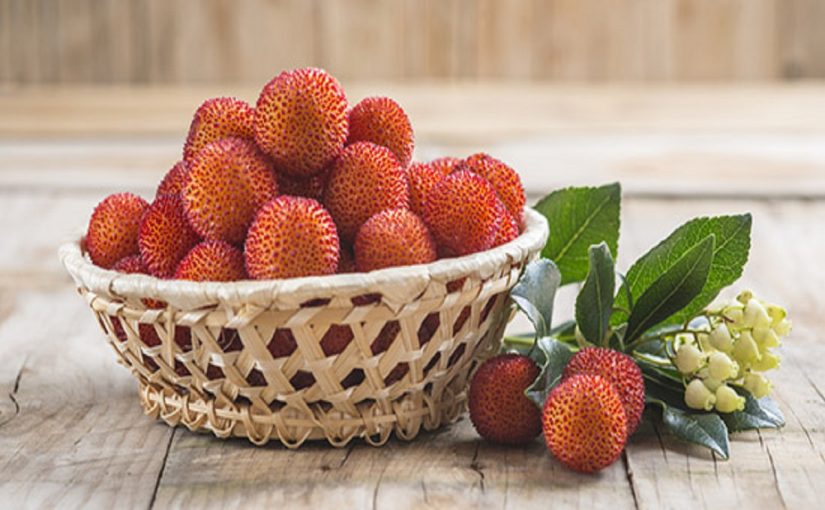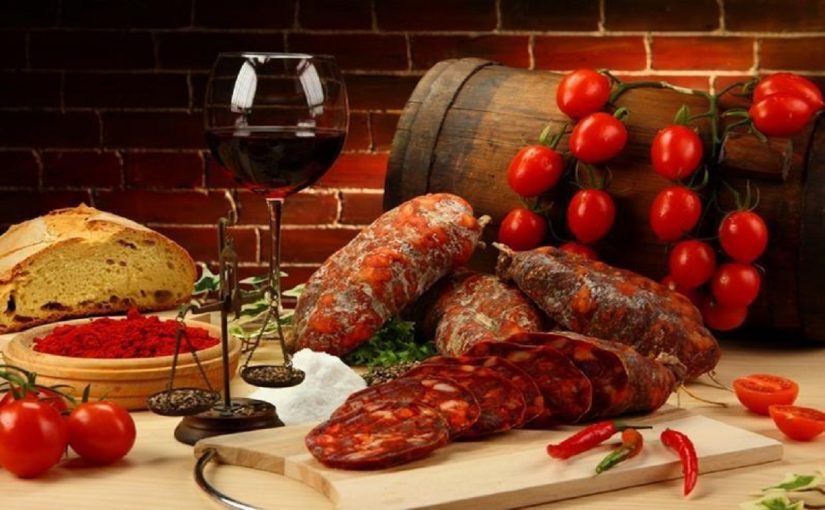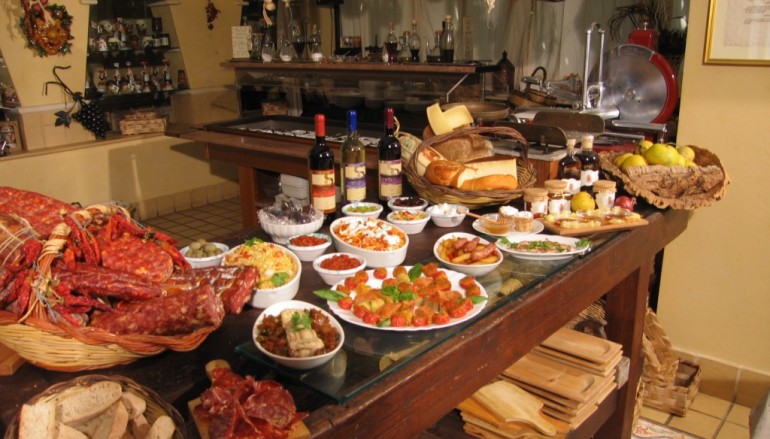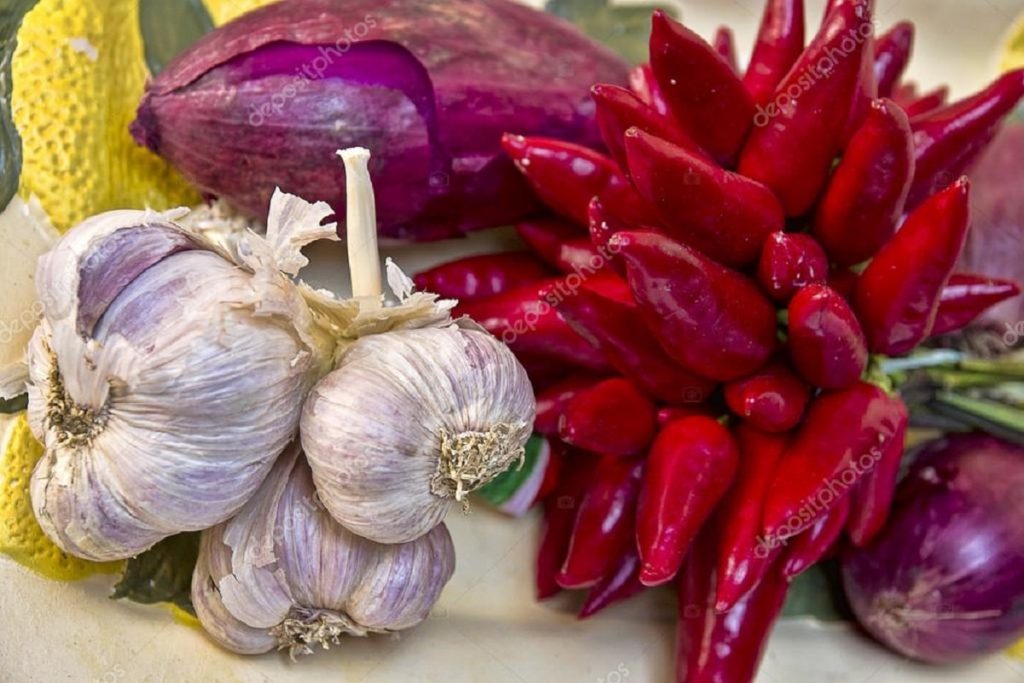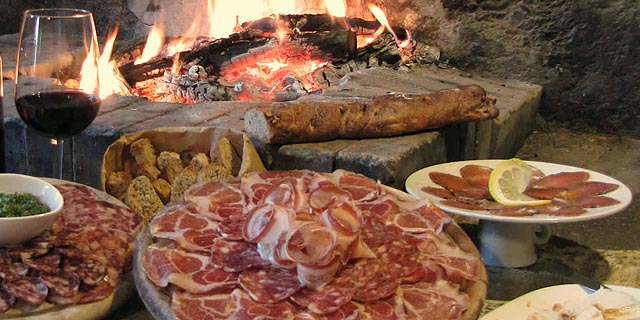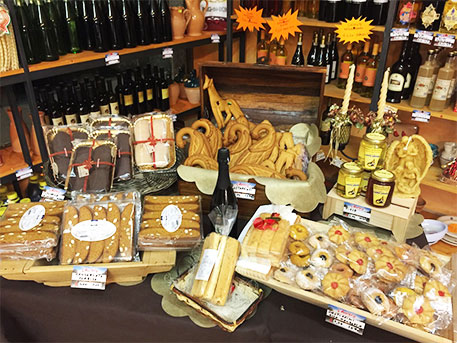24.7.2019
The Arbutus tree, which is also called albatross, is a fruit tree belonging to the Ericaceae family. The Latin denomination of “Arbutus unedo” (from unum = one more edo = mangio) is due to Pliny the Elder, who in his Naturalis Historia maintained that the fruit was tasteless and that therefore, after having eaten one, no one wished them any more.
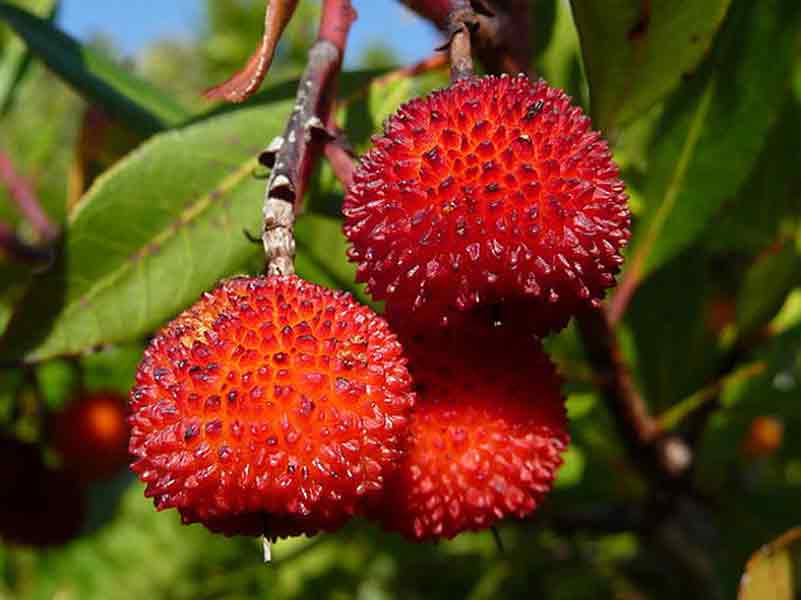
It is widespread in the western Mediterranean countries and on the southern coasts of Ireland. The fruits are called in Italian “corbezzolo” or sometimes “albatro” (albatross).
The same shrub can simultaneously host flowers and ripe fruits, for its particular maturation cycle.
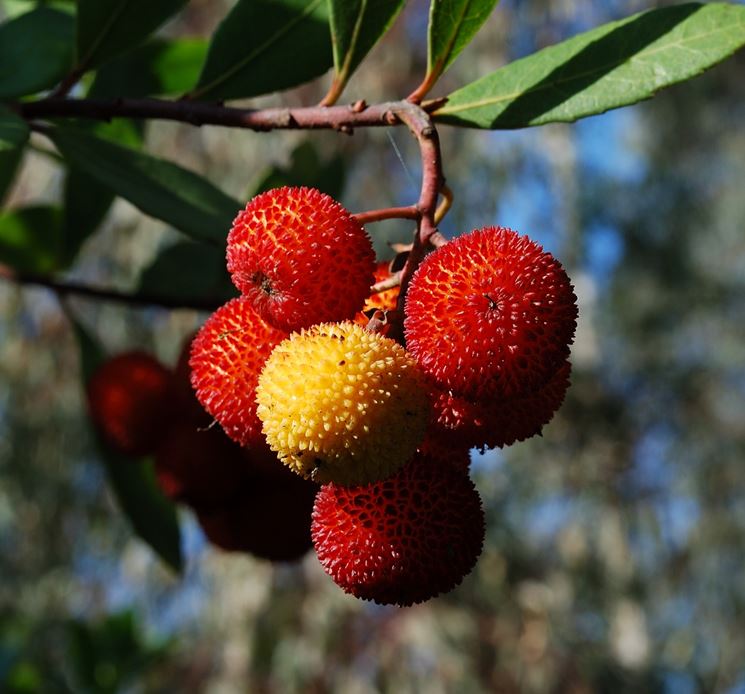
This, together with the fact of being evergreen, makes it particularly ornamental, due to the presence on the tree of three bright colors: the red of the fruits, the white of the flowers and the green of the leaves.
FEATURES
Leaves, fruits, flowers and roots of the strawberry tree all have medicinal properties.
The arbutus is useful as a diuretic, antispasmodic and antidiarrheal. It is useful not only against persistent diarrhea, but also to solve cystitis and to heal wounds, due to disinfectant, balsamic and antispasmodic action of its shrub.
The leaves in particular have marked antiseptic qualities capable of helping the liver and biliary work. Further, the strawberry tree has a strong disinfectant power on the skin and is also useful in the case of inflammations, especially of the urogenital system. Especially due to its leaves, which are rich in tannins, aromatic resins, phenolic derivatives and essential oils.
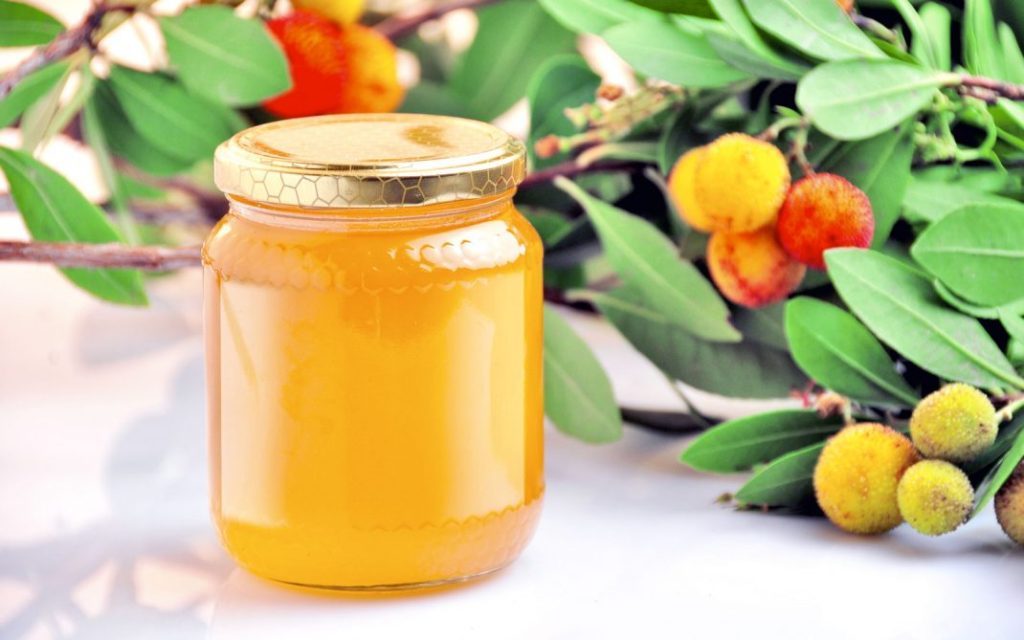
GASTRONOMY
A special product obtained from the arbutus is “arbutus honey” which has the same balsamic, antiseptic, antispasmodic and diuretic properties of the leaves, fruits and roots.

